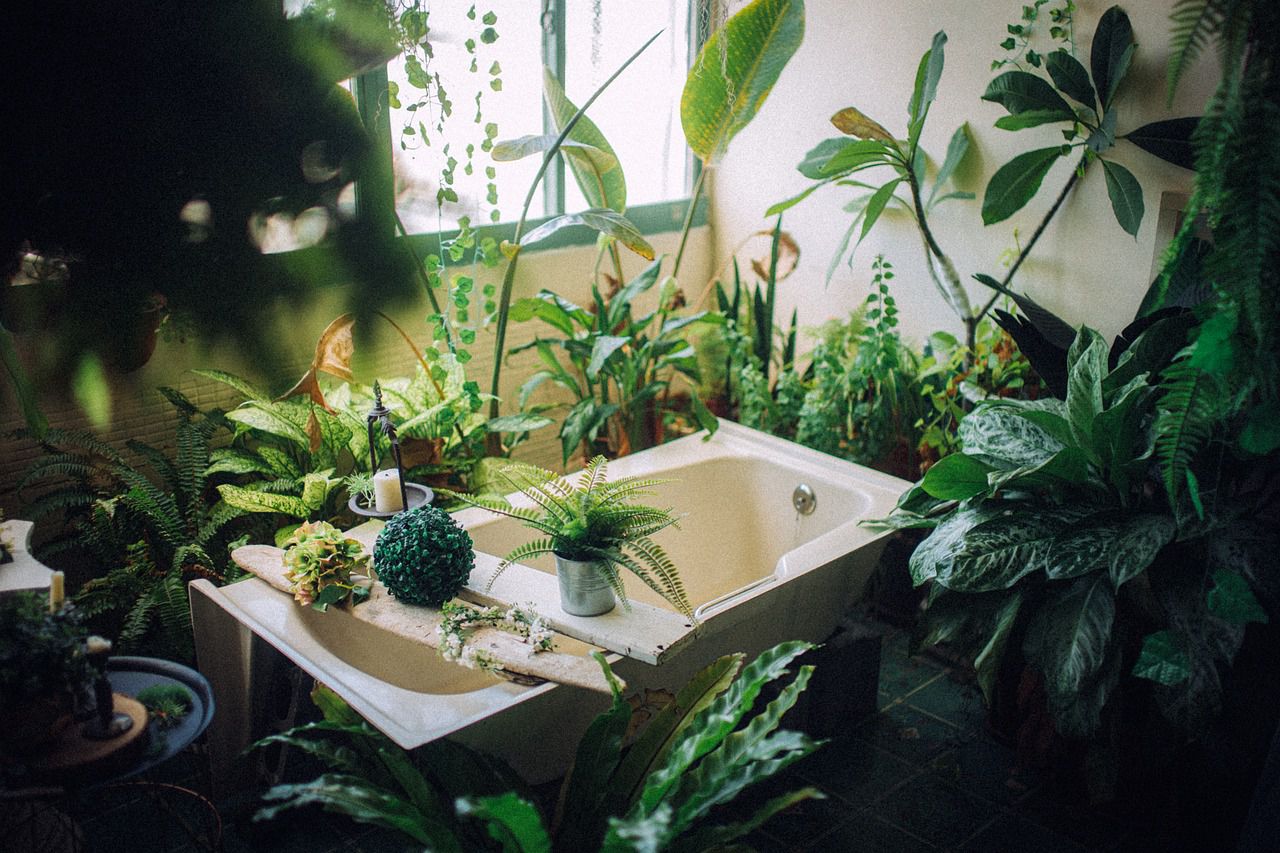Why a bath can become yellow: How dirt and time turn white into yellow
Beautiful white sinks, baths, showers and toilets look clean and nice, but they can become yellow pretty quickly.
Sometimes all you need to do is to wash them with a brush or a sponge, but sometimes it's pretty hard to get rid of this yellowish color.
But why does it appear in the first place?
Hard Water Deposits
Hard water contains minerals like calcium and magnesium.
When hard water repeatedly comes into contact with the surfaces of baths and showers, these minerals can accumulate and leave behind yellow or brownish stains.

The minerals can be particularly noticeable on areas that are constantly exposed to water, such as the walls, floors, or fixtures.
Soap Scum
Soap scum is a residue that forms when soap combines with hard water.
Over time, soap scum can build up and contribute to the yellowing or dulling of the surfaces.
Soap scum can be more noticeable in areas where water frequently splashes or where soap residue is not rinsed thoroughly.
Mold and Mildew
Bathrooms, with their warm and damp conditions, provide an ideal environment for mold and mildew growth.
These fungal organisms can thrive on surfaces such as grout lines, caulking, or corners that are prone to moisture accumulation.
Mold and mildew often appear as black or dark spots, but they can contribute to overall discoloration, including a yellowish appearance, if left untreated.
Age and Wear
As baths and showers age and experience regular use, the surfaces can deteriorate.
This deterioration may include the breakdown of the original finish or the wearing away of the top layer of the material, leading to a yellowing or fading effect.
